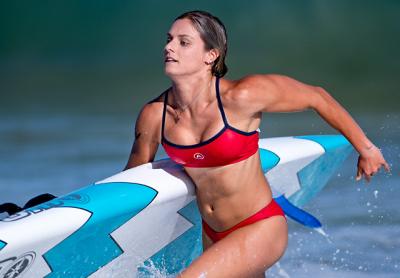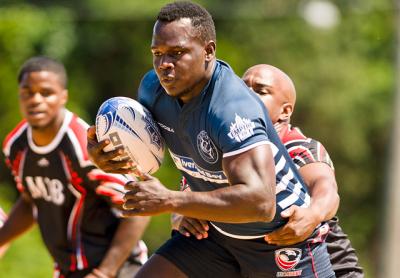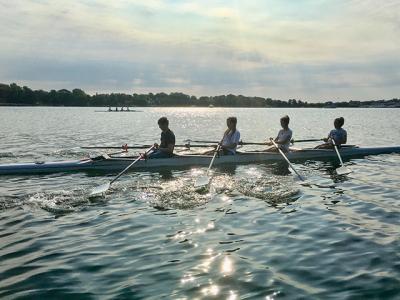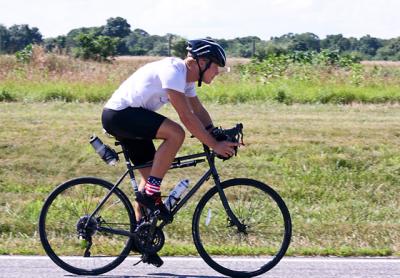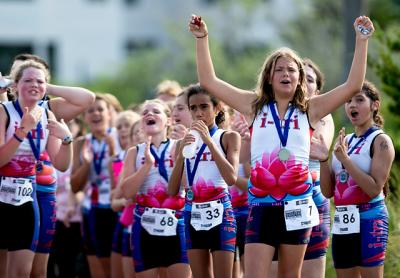Maidstone Park Field Dedicated to Late Springs Fire Chief David King
Maidstone Park Field Dedicated to Late Springs Fire Chief David King

Sharks to Combine
Charlie Collins, a spokesman for the Montauk Rugby Club, said this week that the Sharks, who have, like the East Hampton High School football program, a numbers problem, will combine with the Suffolk Bull Moose club of Farmingville to play in the Empire Geographical Union’s Division III fall season.
“Whenever we’ve played away games with Bull Moose in the past it’s been on a field in Center Moriches, but there will be a couple of games played here,” Collins said, at East Hampton’s Herrick Park.
The locals have some very good young players, but most are collegians, and as a result would largely be unavailable for Saturday matches. “Rugby has a strong tradition here — there were days when people feared us, when I feared us — so we don’t want to let it die,” Collins said.
Hoop Classic
A very competitive five-on-five basketball tournament to benefit the LuMind Research Down Syndrome Foundation is to be held Saturday at the Sportime Arena in Amagansett from 9 a.m.
A number of East Hampton High School graduates have starred in this tourney in the past, including Brian Marciniak, Marcus Edwards, Kyle McKee, Jenel Russell, Jerome Russell, Jarred Bowe, and Will Shapiro.
A fund-raising party at Anthony Providenti’s house is to be held that evening.
Run for Rotary
East Hampton’s Rotary Club will play host to 10 and 5K races at Fresh Pond Park in Amagansett this Saturday, beginning at 9 a.m. Simon Mayeur, a Frenchman from Alsace, won the 5K, in 19 minutes and 24 seconds, and Ryan Fowkes of East Hampton won the 10K, in 38:03, last year.



